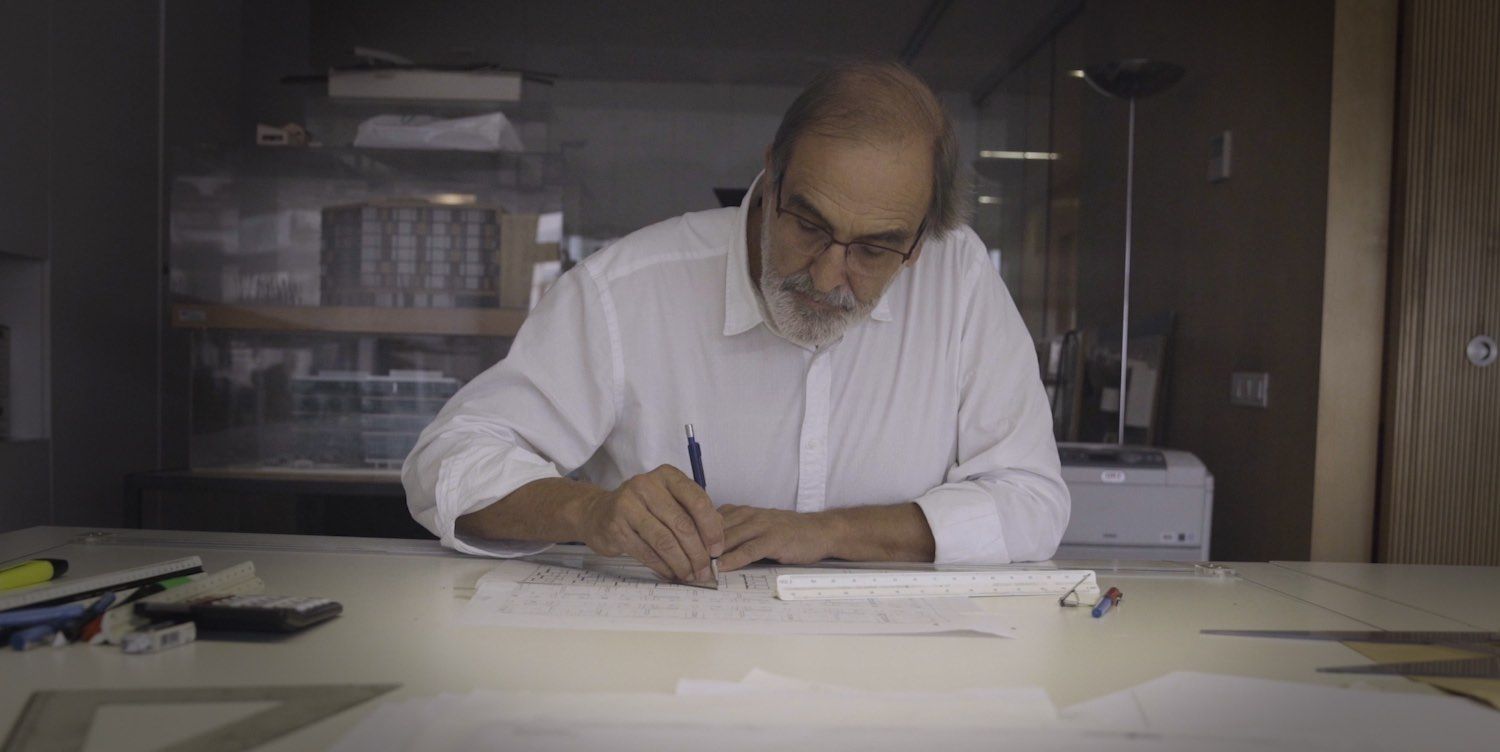The development of the development has been designed keeping the original facade and gives rise to exclusive homes in the Eixample of Barcelona. </ span> </ strong > </ h2>
& nbsp;
Everyone knows that Barcelona </ strong> has many emblematic neighborhoods, but what characterizes the Eixample (one of them) are not only its small shops, restaurants or art galleries. What characterizes this neighborhood and Enric Granados street, more specifically, is that it is a privileged and sought-after street in the center of the city.
In it is the Enric Granados 52 promotion , that Stoneweg is being built next to Castellví. An exciting project in a well connected neighborhood, surrounded by bars and restaurants making the streets become the most active and vibrant in the area. Those responsible for carrying out this project are Pascual-Ausió Arquitectes de Barcelona.
In an interview with Joan Pascual, the director of the architects’ office, he told us how the design and construction of this project is semi-new work </ strong>, since it has a feature that makes it different to the rest of the promotions: the façade will remain intact.
This is due, and as the architect explains, “the building Enric Granados 52 </ strong> is a construction of 1877 approximately, being one of the first to be built in the widening of Cerdá”. We must “perceive this historicity of the element is what is advised to architects, municipal services, as the same property that is responsible for the direct project” added, “understand that belonging to this street, this set of buildings, to that piece of the city “and therefore, it is decided to maintain the facade.
In addition, he told us that the building </ strong> is in good safety, structural, constructive so it is recoverable and you can consider a new structure of a new building </ strong> by the back In this way, it will adapt to the existing façade.
After knowing the importance of the front of the building, the next thing Joan Pascual explained to us </ strong>, is how the interior of the building </ strong> is developed. Therefore, the building collects from its location the aspects that are most characteristic of the widening and are those that were taken into account when designing the interior.
Each of the floors has two houses </ strong> that face the street and in the back is the area of the bedrooms, which overlook the courtyard of the block. This is how the five houses have been developed, the last of which is an attic that gives the other side of the facade, so the height of the existing building is not changed.
What has been done is that instead of overcoming the façade by adding one more floor, it remains as it is and pulls back, in this way you will be made a protagonist, and thus, you will get one or two homes in the attic.
One of the characteristics that all the properties that have two bedrooms have, of great dimensions and one tries to have the maximum of diaphanous spaces.
However, one of the biggest difficulties they have had to face when making this project has been “to share with someone who many years ago started a job and do it in a way that was excited to see how it has been done. respected his initial design “commented the architect. He adds that they have simply limited themselves to giving it continuity.
Joan Pascual </ strong> tells us that this type of work “is not so much technical, it is more an emotive subject and memory, memory and respect for someone who has preceded us and now within his architecture is containing all that the author tried to carry out with that work “.
& nbsp;




